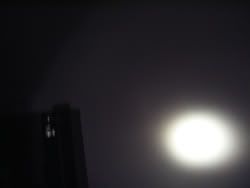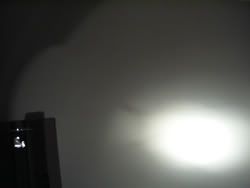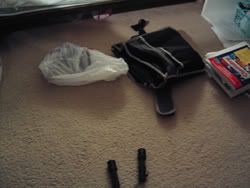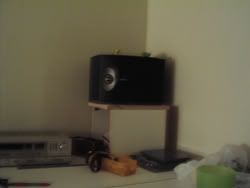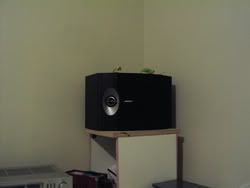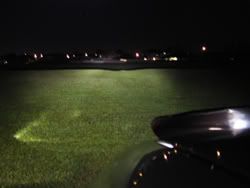I have decided to do a test with some lights that I own.
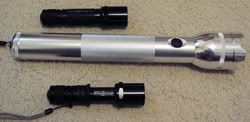
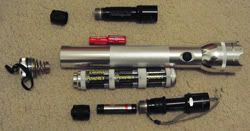
The top light is a Surefire 6P with the P60 lamp (60 lumens according to Surefire) and two CR123 batteries.
Runtime: 60 minutes
Price: Paid $52
Middle light is the Borealis with the Rolls Royce battery carrier (1050 lumens) and optional crenellated bezel
Runtime: 50 minutes
Price: $260
The bottom light is a Surefire Z2 with a Lumens Factory HO-4 Lamp (150 lumens) and a rechargeable 17670 Lithium-Ion battery.
Runtime: 60 minutes
Price: Paid $82 for original light, $12 for HO-4 Lamp, $10 for the 17670 battery.
Total price paid: $104
I have taken three images of each light. One image is the beam on a wall with the center of the image slightly off center of the beam. The camera focuses too much on the only light source. As a result, I decided to take an image of the floor that is about two feet down and 4 feet away from the wall and an image on the other end of my room to display to light’s ability to flood the room with light.
Here is the Surefire 6P
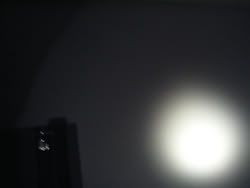
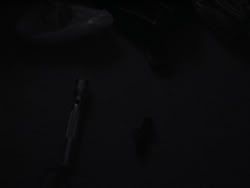


The top light is a Surefire 6P with the P60 lamp (60 lumens according to Surefire) and two CR123 batteries.
Runtime: 60 minutes
Price: Paid $52
Middle light is the Borealis with the Rolls Royce battery carrier (1050 lumens) and optional crenellated bezel
Runtime: 50 minutes
Price: $260
The bottom light is a Surefire Z2 with a Lumens Factory HO-4 Lamp (150 lumens) and a rechargeable 17670 Lithium-Ion battery.
Runtime: 60 minutes
Price: Paid $82 for original light, $12 for HO-4 Lamp, $10 for the 17670 battery.
Total price paid: $104
I have taken three images of each light. One image is the beam on a wall with the center of the image slightly off center of the beam. The camera focuses too much on the only light source. As a result, I decided to take an image of the floor that is about two feet down and 4 feet away from the wall and an image on the other end of my room to display to light’s ability to flood the room with light.
Here is the Surefire 6P




